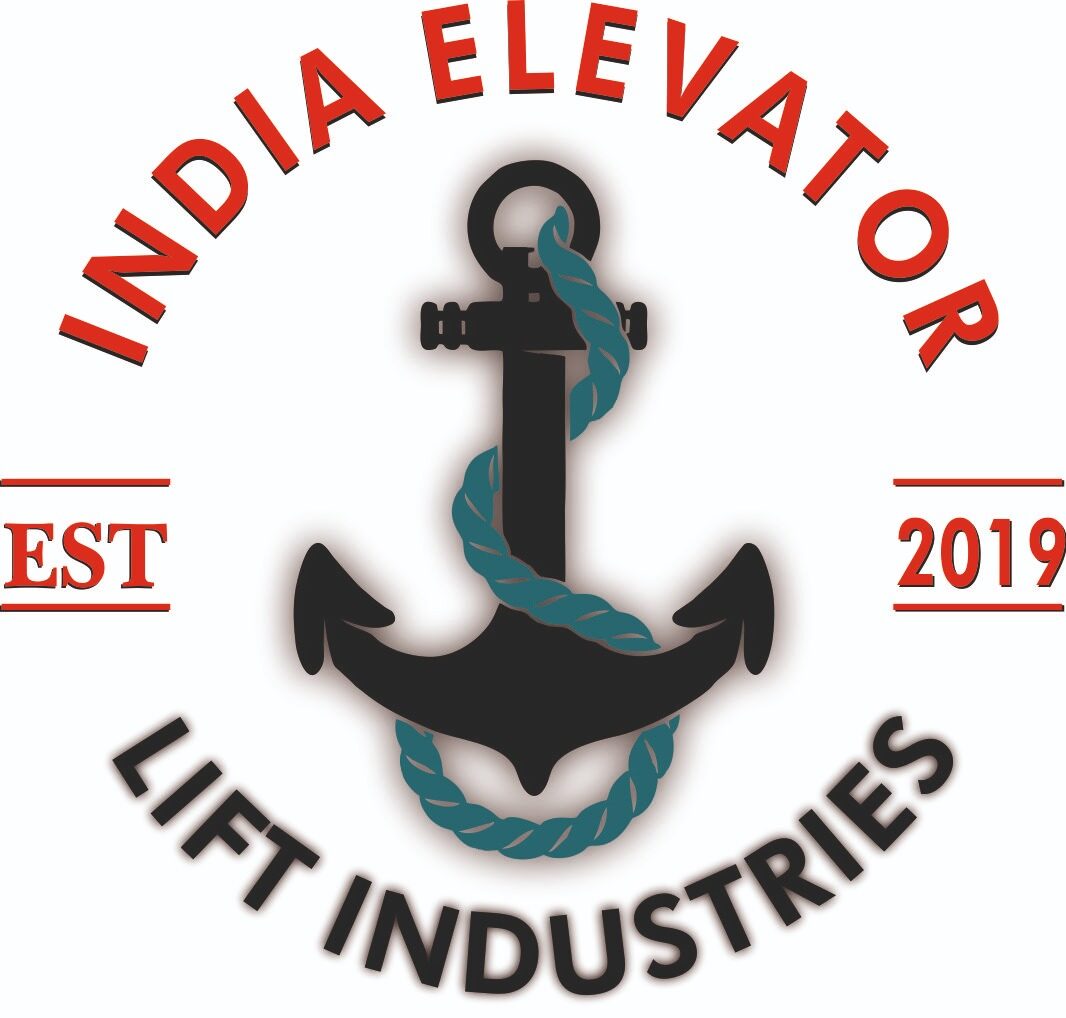Goods Passenger Elevator Manufacturer
India Elevator is the manufacturer, supplier and distributor of goods passenger elevator in Ghaziabad, India
A goods passenger elevator is an elevator that is designed to transport both passengers and goods or cargo. These elevators are commonly found in buildings that have a mix of residential, commercial, and industrial uses, such as apartment buildings, office buildings, and warehouses. They typically have a larger capacity than standard passenger elevators, as they need to be able to accommodate both people and items such as boxes, furniture, and other types of cargo. Goods passenger elevators may also be equipped with special features such as lift gates, adjustable shelving, and floor protection to make it easier to transport large or heavy items.
In all residential or commercial areas where a lot of people live or work, there is a growing need of goods passenger elevator. The goods passenger elevators are manufactured to meet the requirements of your business type, the building etc. From small passenger lifts that can carry up to six passengers at a time to huge lifts that can carry more than 25 people at a time, you will have a huge variety to choose from, if you buy passenger lifts from India Elevators. Goods Passenger Lift prices that are set by India Elevators are very economical as compared to the passenger lift prices of other companies. That’s why we are the best passenger lift manufacturers & suppliers in India.
Our experienced and well qualified engineers design the passenger lifts with expertise. We offer passenger elevators for both residential and commercial use. We manufacture passenger lifts that offer optimum performance and need low maintenance. We are passenger lift manufacturers of two types of passenger lifts Single speed lifts are slower as compared to the high speed lifts. You can choose the type depending on the number of floors in the building, the movement and traffic that the lift needs to maintain.
Goods passenger elevator are supposed to be user friendly so that people can use it even in absence of an attendant. Therefore, we design the lifts so that they are comfortable, reliable, safe and easy to use. As safety is the most important thing that we focus on, we follow the rules and regulations stated by the government and manufacture and supply the lifts that meet the international standards of safety as well as performance. We are passenger lift manufacturers that are equipped with different type of controls – car switch or automatic. Car switch control system will require an expert for handling the functions of a passenger lift, whereas with automatic control system, the passengers can themselves handle the lift.

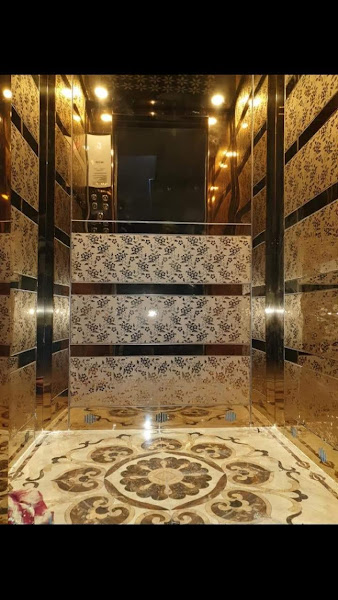
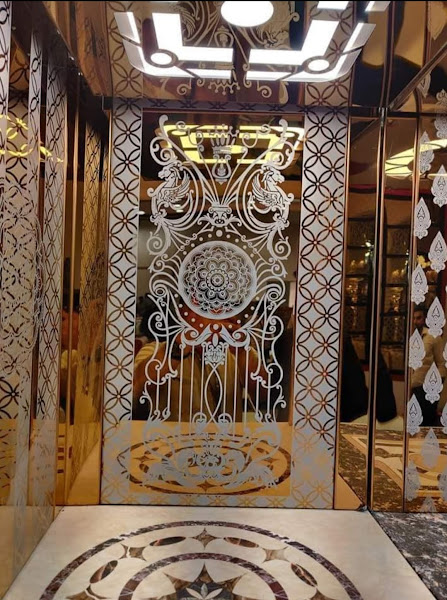
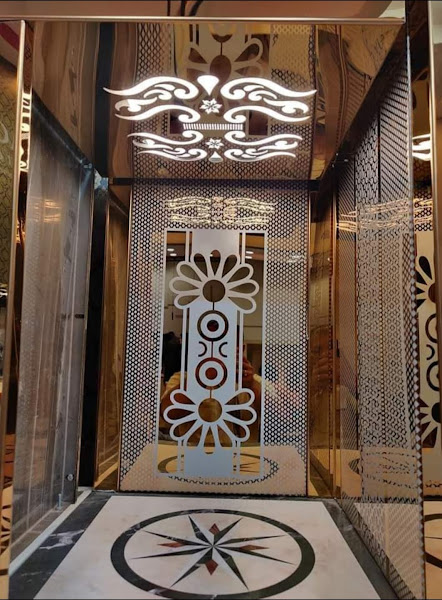
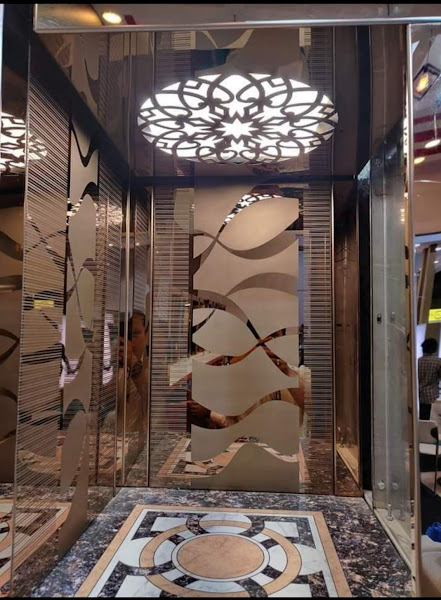
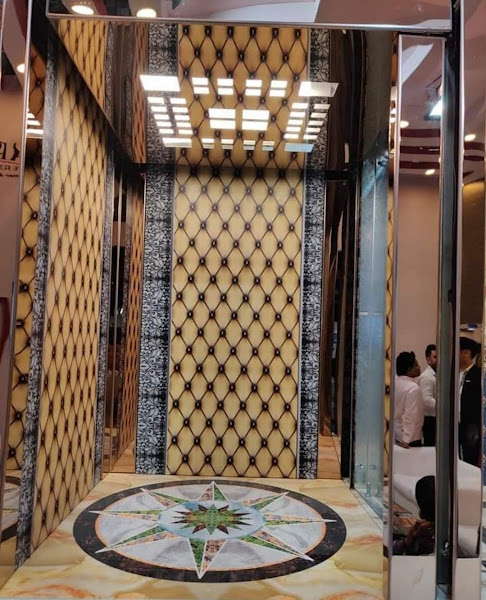
FREQUENTLY ASKED QUESTION
Goods lifts, also known as freight lifts or service lifts, are primarily designed for transporting goods, equipment, or other heavy objects, and are not intended for transporting passengers. Goods lifts are typically larger and more robust than passenger lifts, and are designed to carry heavy loads with a minimum of fuss.
While it may be technically possible to use a goods lift for transporting passengers in some circumstances, it is generally not recommended. Goods lifts are not designed to provide the same level of safety, comfort, and convenience as passenger lifts, and may not comply with applicable safety regulations or building codes.
In most cases, it is best to use a dedicated passenger lift for transporting people, as these lifts are specifically designed to provide safe, reliable, and comfortable transportation for passengers. Passenger lifts typically include features such as smooth acceleration and deceleration, automatic doors, and emergency stop buttons to ensure the safety and well-being of passenge
The main difference between passenger and goods lifts is their intended use. Passenger lifts are designed to transport people between different levels of a building, while goods lifts are designed to transport goods, equipment, or other heavy items.
Here are some other key differences between passenger and goods lifts:
Capacity: Passenger lifts are generally smaller and have a lower weight capacity than goods lifts. They are designed to carry a limited number of people, typically between 4 and 20, depending on the size of the lift. Goods lifts, on the other hand, are designed to carry heavier loads, and can have weight capacities of several thousand kilograms.
Speed: Passenger lifts are designed to be fast and efficient, with speeds of up to several meters per second. Goods lifts, on the other hand, are often slower than passenger lifts, as they are designed to carry heavy loads safely and securely.
Design: Passenger lifts are designed with aesthetics in mind, as they are often located in high-traffic areas and need to blend in with the surrounding decor. Goods lifts, on the other hand, are often more utilitarian in design, with simple, sturdy construction and durable finishes.
There are four main types of elevators:
Traction elevators: Traction elevators are the most common type of elevator in modern buildings. They use steel ropes or cables to move the elevator car up and down. The ropes are attached to a motorized pulley that is located at the top of the elevator shaft. Traction elevators can be geared or gearless, and can be designed for a variety of speeds and capacities.
Hydraulic elevators: Hydraulic elevators use a hydraulic cylinder to lift the elevator car. The cylinder is filled with hydraulic fluid, which is pressurized by an electric motor. When the fluid is pressurized, it causes the piston in the cylinder to rise, which lifts the elevator car. Hydraulic elevators are typically used in low-rise buildings, as they are not as efficient as traction elevators for high-rise applications.
Machine-room-less elevators: Machine-room-less (MRL) elevators are a type of traction elevator that do not require a separate machine room. Instead, the elevator machinery is integrated into the elevator shaft, which can save space and reduce construction costs. MRL elevators are often used in mid-rise buildings.
Pneumatic elevators: Pneumatic elevators use air pressure to move the elevator car. The elevator car is placed in a cylindrical tube, and air is pumped out of the tube to create a vacuum. This vacuum creates a pressure differential, which causes the elevator car to rise. Pneumatic elevators are typically used in low-rise buildings, and are known for their unique design and energy efficiency.
A passenger lift is also commonly called an elevator or lift.
